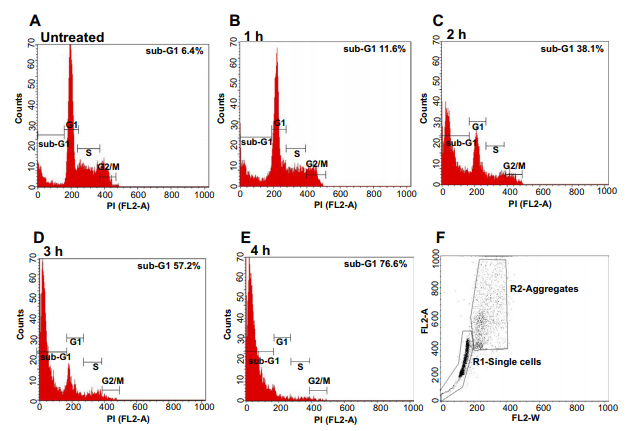Zinc, Vitamin C Synergy and Immune Function
The world is facing an unprecedented health crisis due to the Covid-19 pandemic. The virus has been spreading steadily around the world since its first outbreak in December 2019 in Wuhan. It has resulted in more than 300 million cases of infection worldwide and over 5 million deaths. Due to its global spread and high… read more »







